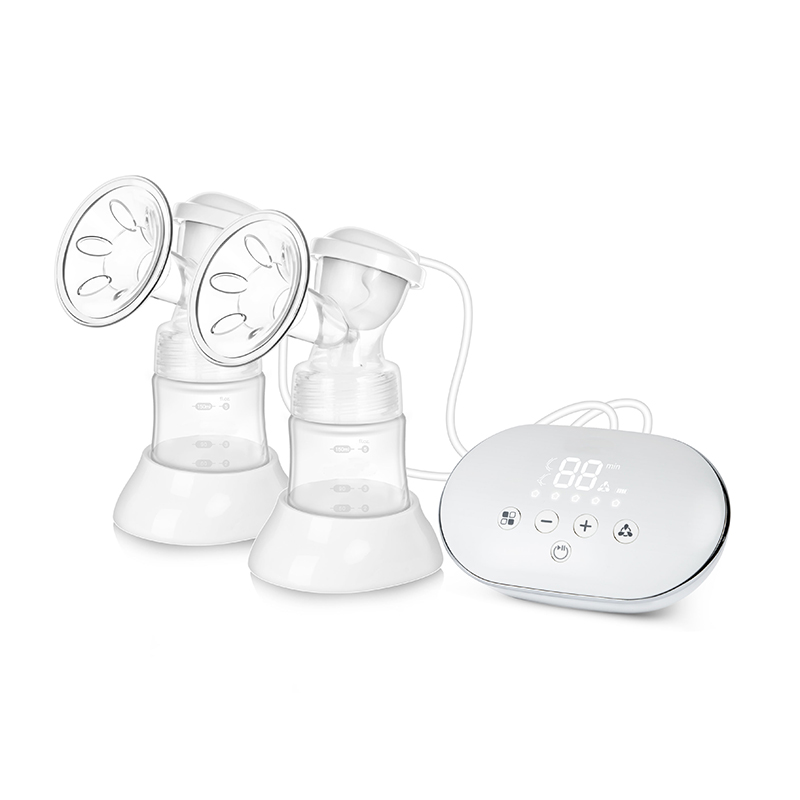The Essential Guide to Breast Pumps: Comfort, Convenience, and Care for Nursing Moms
2025-06-13
Breastfeeding is a beautiful and natural way to nourish your baby, but it can also come with challenges, especially for busy moms. This is where a breast pump becomes an invaluable tool. Whether you’re returning to work, managing milk supply, or simply seeking convenience, breast pumps offer comfort and flexibility to support your breastfeeding journey.

What Is a Breast Pump?
A breast pump is a device designed to extract milk from a nursing mother’s breasts. The expressed milk can be stored and fed to the baby later, allowing moms to maintain their milk supply even when they’re apart from their little ones.
Types of Breast Pumps
Manual Breast Pumps: Hand-operated and portable, these pumps are affordable and quiet, ideal for occasional use.
Electric Breast Pumps: Powered by batteries or an outlet, electric pumps offer faster and more efficient milk expression, perfect for frequent pumping.
Double Electric Pumps: These allow pumping from both breasts simultaneously, saving time and increasing milk production.
Wearable Pumps: Discreet and cordless, wearable pumps fit inside a bra for hands-free pumping on the go.
Benefits of Using a Breast Pump
Flexibility: Pumping lets moms share feeding responsibilities with partners or caregivers.
Milk Supply Maintenance: Regular pumping helps maintain and increase milk production.
Relief: Pumps can relieve engorgement and discomfort.
Convenience: Enables feeding when direct breastfeeding is not possible, such as returning to work or traveling.
Storage: Expressed milk can be stored for future use, ensuring your baby always has access to breast milk.
Tips for Choosing the Right Breast Pump
Assess Your Needs: Consider how often you’ll pump and where (home, work, travel).
Comfort: Look for adjustable suction settings and soft, comfortable flanges.
Portability: If you’re on the go, lightweight and rechargeable models are preferable.
Ease of Cleaning: Pumps with fewer parts and dishwasher-safe components simplify maintenance.
Budget: Pumps range widely in price; balance features with what fits your budget.
Proper Use and Care
Wash hands before pumping and sterilize pump parts regularly.
Store expressed milk in clean, BPA-free containers or bags.
Follow manufacturer instructions for cleaning and assembly.
Replace parts like valves and membranes as needed to maintain suction.
Conclusion
Breast pumps empower nursing moms by offering convenience, comfort, and flexibility in feeding their babies. With various types and features available, there’s a breast pump suitable for every lifestyle and need. Whether you’re a first-time mom or experienced parent, investing in a good-quality breast pump can make your breastfeeding journey smoother and more enjoyable.


